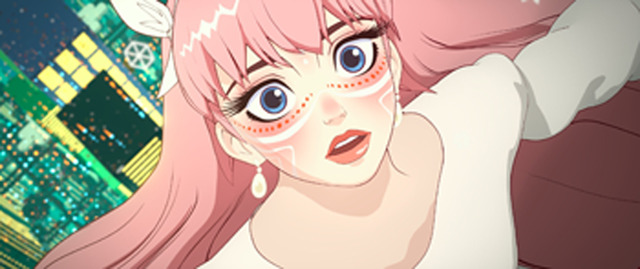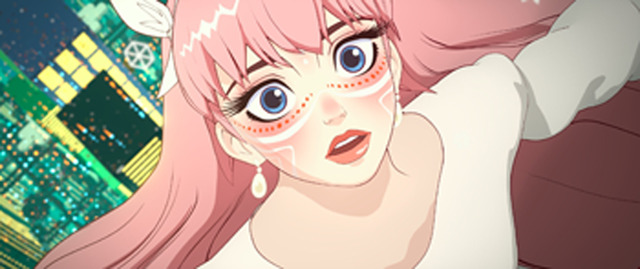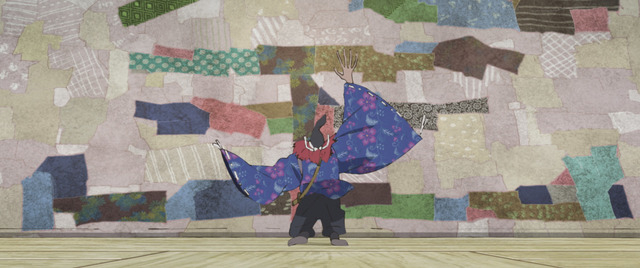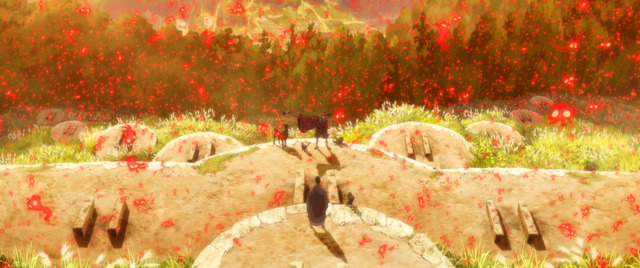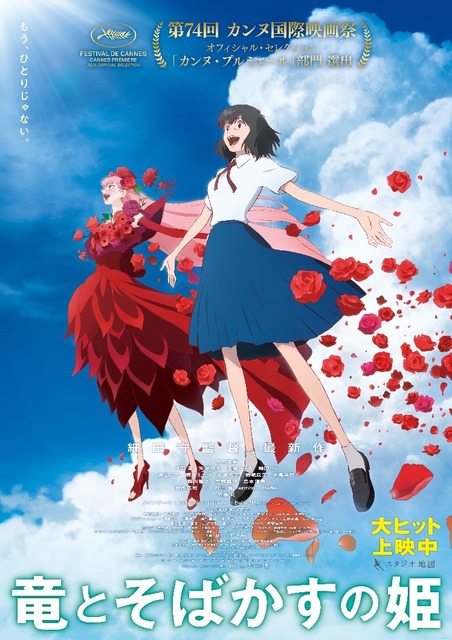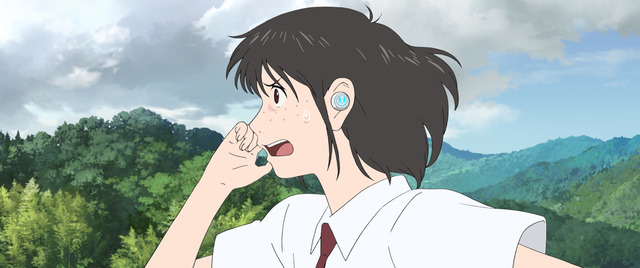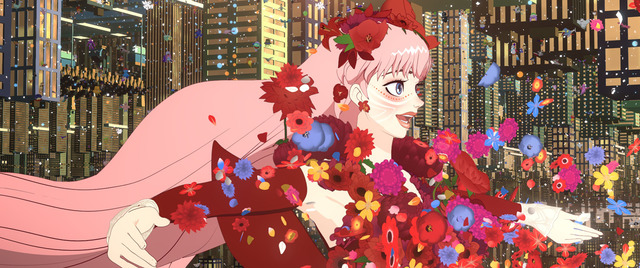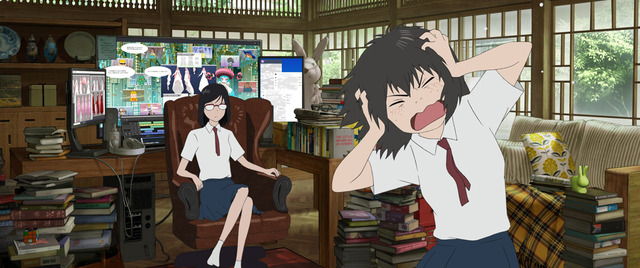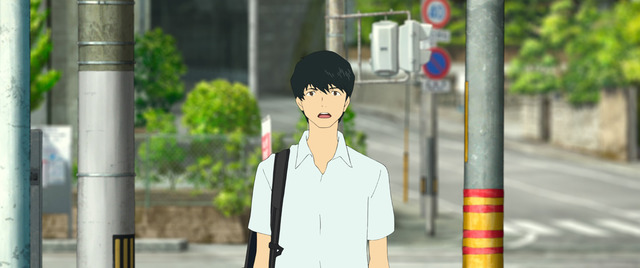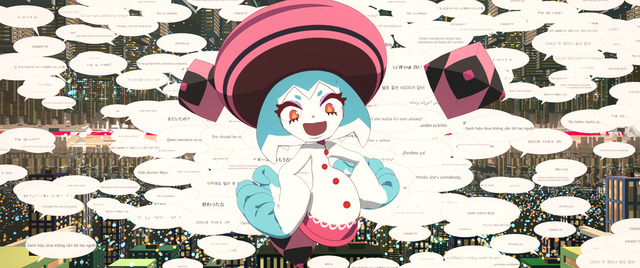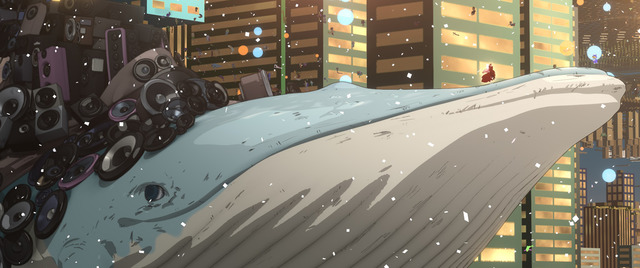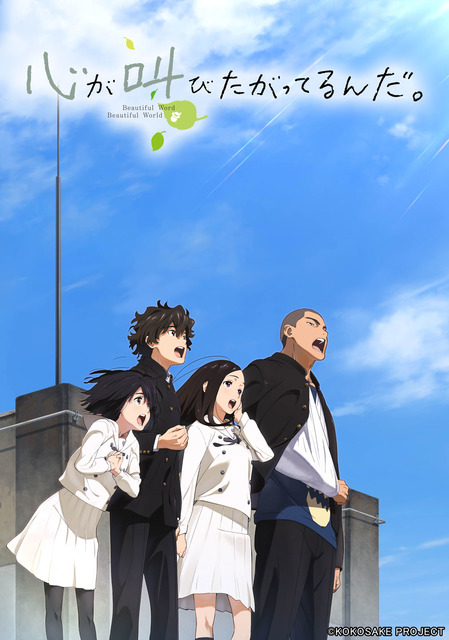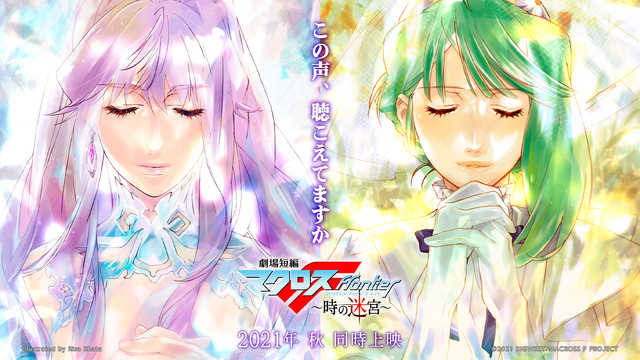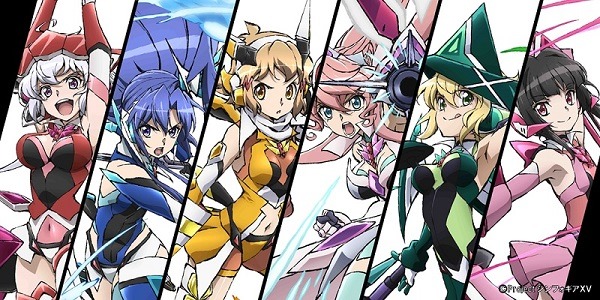A story that revives in your mind just by listening to music. Musicals that combine singing, dancing, and dialogues are popular all over the world.
Originally it was one of the genres of plays performed on the stage, but now there are also many famous musical movies. In particular, Disney’s musical animated films such as “Beauty and the Beast” and “The Little Mermaid” have been loved over time.
Looking at Japan, it seems that the number of Japanese musical animated movies such as “Belle: The Dragon and the Freckled Princess” and “Inu-Oh” has increased recently. Will the day when “musicals” will become a new standard in the Japanese animation world come?
In this article, we will focus on Japanese musical anime characteristics and explore received changes and future prospects.
Relationship between songs and characters
The first point I would like to raise is the relationship between songs and characters.
In a musical, singing is the same as life. Therefore, no special reason is required for all the characters to sing and express their emotions.
For example, in the Disney movie “The Little Mermaid”, there is a scene in which Sebastian sings and dances to Ariel, who is longing for the human world, to tell the wonderfulness of the sea.
From the middle stage, friends from the sea participate in choruses and transform into gorgeous songs. Anyone can participate in the music without adding settings such as “Why does this character sing?”
On the other hand, in Japanese anime, characters related to music such as idols, musical actors, and chorus members are the mainstream. The line between daily life is clear, such as the stage for performing songs.
Why is “reason for singing” required?
Of course, in Japan musicals are known as one of the theater genres. However, it rarely has been released as films.
There may be production factors such as high drawing costs, but one of the reasons may be the recognition by the viewers.
As an example, let’s see one scene of “Kokoro ga Sakebita Gatterunda” (The Anthem of the Heart) together.
High school students watched the representative song “Over the Rainbow” of the musical “The Wizard of Oz” in a music class. After class, they commented, “It’s a mystery. They can just talk, but suddenly the conversation becomes a song.”
In musicals, it’s natural to start singing in the middle of a conversation. However, it is also true that some people feel uncomfortable because the method of expression suddenly changes. Certainly, in everyday life, most people rarely just start singing in public.
Therefore, if you do not keep in mind the premise that “This character has a setting to sing”, viewers may think “Why is he/she singing?” first, and the viewer’s emotions may be dissociated.
In “The Anthem of the Heart”, as the students worked on the original musical production , they start realizing. “I realized that songs can express emotions that would normally be embarrassing.”
If you can get acquainted with the charm of musicals and become familiar with them, you may feel less discomfort with the expression method.
Features of Japanese musical animated movies
In recent years, musical animated movies, such as Hosoda Mamoru’s “Belle: The Dragon and the Freckled Princess”, have been releasing in Japan. In addition, the latest film directed by Yuasa Masaaki, “Inu-Oh,” scheduled to be released in 2022, is also a musical anime based on “Heike Monogatari Inu-Oh no Maki.” A feature common to these two works is the casting centered on the artist.
In “Belle: The Dragon and the Freckled Princess”, singing scenes by the main character, Suzu, appear throughout the story, and the emotions of each moment are added to the song.
Suzu is also a character who has a “reason for singing”, but there are also scenes in which the surroundings are influenced and participate in the chorus during the movie. It’s impressive scenes where everyone expresses their emotions through songs.
This work started to make a movie that includes musical elements, such as “Beauty and the Beast.” The gorgeous images reminiscent of a ball at the castle, lyrics have a message, and the expressive voice of Nakamura Kaho, who plays Suzu, make the audience’s hearts throb.
In “Inu-Oh”, the main character, Inu-Oh is plated by Avu-chan from “Queen Bee”. In the preview video, she freely uses deep bass and sharp but beautiful treble are used freely, and performs an impressive song .
Singing abilities is an important factor in musicals where songs are the key. It can be seen that the music becomes persuasive by appointing artists with high singing ability in “The Dragon and Freckled Princess” and “Inu-Oh”.
Although some performers try voice acting for the first time, the expressiveness cultivated by singing is sufficient. Together with anime staff and voice actors with a wealth of acting experience, they open up new horizons .
Musical in TV anime
Up to this point, we have mainly introduced movies, but musicals are taking root as one of the popular genres in TV anime.
For example, “Revue Starlight”, where characters are fighting for the star position with singing and dancing, “Kageki Shojo!!”, a story of girls who work hard to join the opera company, and “Star-Myu” about high-school boys from the musical department. All these titles are based on musicals.
Even if the entire series did not draw a musical, there were times when the musical was shown only in one episode, such as episode 17 “The Transfer Student Is Dandy, Baby” of the TV series “Space Dandy”.
In addition, there are also works such as the “Macross” series and the “Senki Zessho Symphogear” series, in which songs by characters influence the battle situation and show musical excitement.
The person who plays the character may be in charge of singing, or other artist could be e in charge of singing, such as “Macross F” Sheryl Nome (CV: Endo Aya, singing: May’n).
There are various forms, but the songs and stories of the characters and the synchronization of the images have been loved by anime fans for many years.
Expansion of viewers and possibilities of musical anime
For musical anime to become more widespread in the future, it is necessary to gain support from a wide range of viewers.
The main broadcast band of TV anime is midnight. Therefore, the main audience base so far has been core anime fans.
In recent years, it has become possible to watch works at any time through online streaming, etc., creating opportunities for more people to come into contact with musicals through anime.
Furthermore, with the advent of “Belle: The Dragon and the Freckled Princess” and “Inu-Oh”, viewers who do not normally watch anime have begun to pay attention to Japanese musical anime. As the hurdles for touching the work have been lowered, it seems that more and more people will know the appeal of musical anime.
It is highly possible that the number of Japanese anime that will focus on musicals will continue to increase in the future. Someday, it may be a typical Japanese anime genre along with robot anime or idol.


